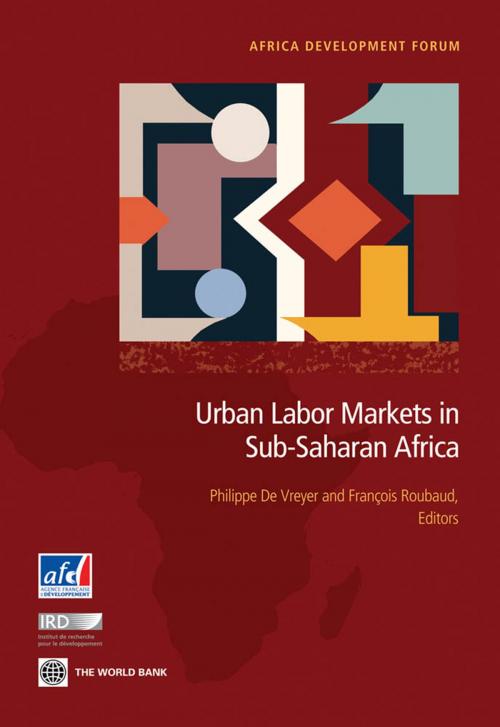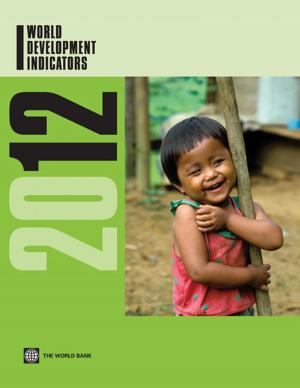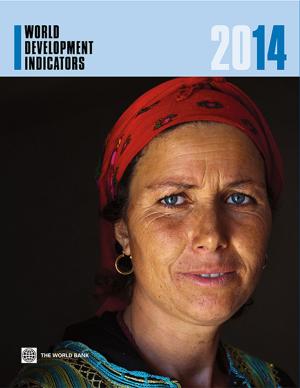Urban Labor Markets in Sub-Saharan Africa
Business & Finance, Career Planning & Job Hunting, Labor, Economics, Economic Development| Author: | ISBN: | 9780821397824 | |
| Publisher: | World Bank Publications | Publication: | June 7, 2013 |
| Imprint: | Language: | English |
| Author: | |
| ISBN: | 9780821397824 |
| Publisher: | World Bank Publications |
| Publication: | June 7, 2013 |
| Imprint: | |
| Language: | English |
Although labor is usually the unique asset upon which poor people can make a living, little is known about the functioning of labor markets in Sub-Saharan Africa. The purpose of this volume is to contribute to the building of knowledge in this area. In this book, the authors use a unique set of identical and simultaneous labor force surveys conducted in seven capitals of Western Africa, as well as in some other African countries (Cameroon, Madagascar, Democratic Republic of Congo) in the 2000s. They present innovative and original results on how people are faring in these labour markets, using up-to-date econometric and statistical methods. Because so little is known about labor markets in the region, each chapter starts with detailed descriptive statistics that aim to shed light onto specific aspects of African urban labor markets. Comparisons between the ten cities are systematically carried out. Descriptive sections are followed by in-depth analyses on various issues. The book is divided into four parts that examine 13 topics. Part I presents the main stylised facts, which are investigated further in a more analytical way throughout the volume. Part II focuses on job quality and labor market conditions, such as unemployment and underemployment, vulnerability, and job satisfaction. Part III explores the many dimensions of labor market inequalities through various lenses, such as returns on education, segmentation, life-cycle inequality (with a particular focus on old age), inter-generational mobility, time related inequality, and gender and ethnic earnings discrimination. Part IV addresses some key coping mechanisms and private responses, with a focus on migration and child labor. The book concludes with recommendations for future research.
Although labor is usually the unique asset upon which poor people can make a living, little is known about the functioning of labor markets in Sub-Saharan Africa. The purpose of this volume is to contribute to the building of knowledge in this area. In this book, the authors use a unique set of identical and simultaneous labor force surveys conducted in seven capitals of Western Africa, as well as in some other African countries (Cameroon, Madagascar, Democratic Republic of Congo) in the 2000s. They present innovative and original results on how people are faring in these labour markets, using up-to-date econometric and statistical methods. Because so little is known about labor markets in the region, each chapter starts with detailed descriptive statistics that aim to shed light onto specific aspects of African urban labor markets. Comparisons between the ten cities are systematically carried out. Descriptive sections are followed by in-depth analyses on various issues. The book is divided into four parts that examine 13 topics. Part I presents the main stylised facts, which are investigated further in a more analytical way throughout the volume. Part II focuses on job quality and labor market conditions, such as unemployment and underemployment, vulnerability, and job satisfaction. Part III explores the many dimensions of labor market inequalities through various lenses, such as returns on education, segmentation, life-cycle inequality (with a particular focus on old age), inter-generational mobility, time related inequality, and gender and ethnic earnings discrimination. Part IV addresses some key coping mechanisms and private responses, with a focus on migration and child labor. The book concludes with recommendations for future research.















